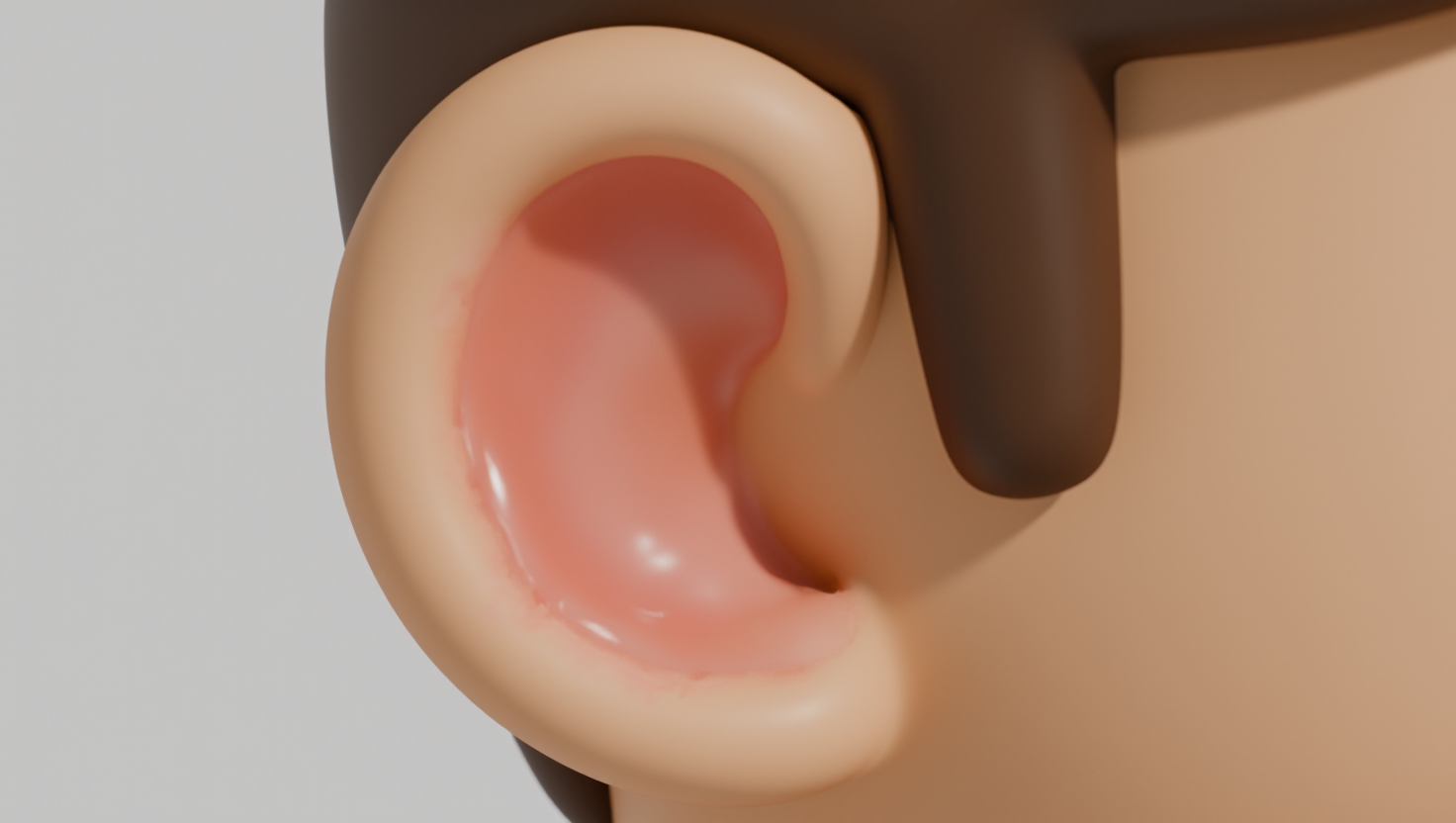What Is Scaly or Greasy Skin on or Behind the Ear?
Understanding the Symptom
Scaly or greasy skin on or behind the ear can be both uncomfortable and concerning for many people. This symptom typically means that the skin in that area appears flaky, dry, or oily, and it may also look red, irritated, or inflamed. Some people describe it as patches that peel off like tiny flakes of dandruff, while others notice a shiny, greasy build-up that causes itching or discomfort.
This condition is quite common and can affect individuals of all ages—from infants to older adults. The skin around the ears can often be overlooked during daily hygiene routines, making it prone to buildup of oils, sweat, and environmental debris. Because the skin in this area is relatively thin and sensitive, even minor irritations can lead to noticeable changes in texture and appearance.
For example, someone might notice dry, flaky patches behind their ear after a chilly winter day, or greasy, red areas after using a new shampoo. Understanding what’s happening on the skin can help with managing these symptoms and reducing irritation.
Common Causes (Informational Only)
There are several reasons why the skin near the ear might become scaly or greasy. Each cause affects the skin differently, but many share similar symptoms. Here are some of the most common culprits:
- Seborrheic dermatitis: This is a common skin condition that causes oily, flaky patches to form, often in areas with many oil-producing glands like behind the ears, on the scalp, and around the nose. It is thought to be related to an overgrowth of a yeast called Malassezia that lives on the skin, coupled with an inflammatory response. This condition may worsen in cold weather or during periods of stress.
- Eczema: Also known as atopic dermatitis, eczema causes dry, itchy, and inflamed skin which can result in flaky patches. Around the ears, eczema may be triggered by allergies or irritants such as certain soaps, shampoos, or jewelry. A typical case might involve red, cracked skin that feels uncomfortable, similar to the dry skin experienced after exposure to wind or cold weather.
- Psoriasis: This chronic autoimmune condition causes skin cells to build up rapidly, leading to thick, silvery, scaly patches. Psoriasis behind the ears can be mistaken for dandruff or eczema but often involves sharply defined areas of scale and redness. It can be painful or itchy, especially if scratched.
- Allergic reactions: The skin behind the ear is delicate and easily reacts to allergens. Common offenders include nickel in earrings, certain hair products, or fragrances in soaps and shampoos. These allergic reactions often cause redness, swelling, and flaking, sometimes accompanied by itching or burning.
- Fungal infections: Yeast or fungal overgrowth may occur in warm, moist areas behind the ear, leading to greasy, scaly, or sometimes smelly patches. For instance, Candida infections can cause red, moist, and itchy skin that may ooze slightly, resembling a rash that does not improve with typical moisturizing treatments.
- Environmental factors: Exposure to cold, dry air during winter months can dry out the skin behind the ears, causing it to become flaky and irritated. Similarly, harsh soaps or excessive washing can strip the skin of its natural oils, increasing dryness and sensitivity. Conversely, humid weather can lead to excess sweating and oiliness, creating an environment for irritation or infection.
These causes often overlap, and sometimes more than one factor is involved in creating the skin condition noticed. Identifying the triggers can be a helpful first step.
When to See a Doctor
Although scaly or greasy skin on or behind the ear is often a mild and manageable condition, certain situations may warrant medical evaluation. Consider consulting a healthcare professional if any of the following occur:
- Persistent or worsening symptoms over several weeks despite use of over-the-counter products or gentle cleansing.
- Severe redness, swelling, or pain.
- Signs of infection, such as pus, oozing, or bleeding.
- Symptoms that interfere with daily activities or sleep.
Healthcare providers can diagnose the underlying cause through physical examination and medical history. Sometimes additional tests such as skin scrapings or biopsies may be performed to rule out infections or autoimmune conditions. Treatment recommendations can vary based on diagnosis.
Impact on Daily Life
Scaly or greasy skin behind the ear may affect emotional well-being and social confidence. Visible skin changes in this area can cause individuals to feel self-conscious, particularly during close interactions. Some may worry about flakes on clothing or visible irritation, which can impact social or professional activities.
Chronic itching or discomfort can also interfere with concentration and sleep, leading to stress and reduced quality of life. Recognizing that these symptoms are common and manageable may help reduce related emotional burden.
Understanding when to seek medical advice and learning about the condition can assist in regaining comfort and confidence. Simple changes to daily routines might improve the skin’s condition.
---
Ready to breathe easier? Schedule your visit at Sleep and Sinus Centers today—online or call (678) 689-1100. Getting expert guidance ensures tailored care for your symptoms and peace of mind.
This article is for educational purposes only and is not medical advice. Please consult a qualified healthcare provider for diagnosis and treatment.
Don’t let allergies slow you down. Schedule a comprehensive ENT and allergy evaluation at Sleep and Sinus Centers of Georgia. We’re here to find your triggers and guide you toward lasting relief.



